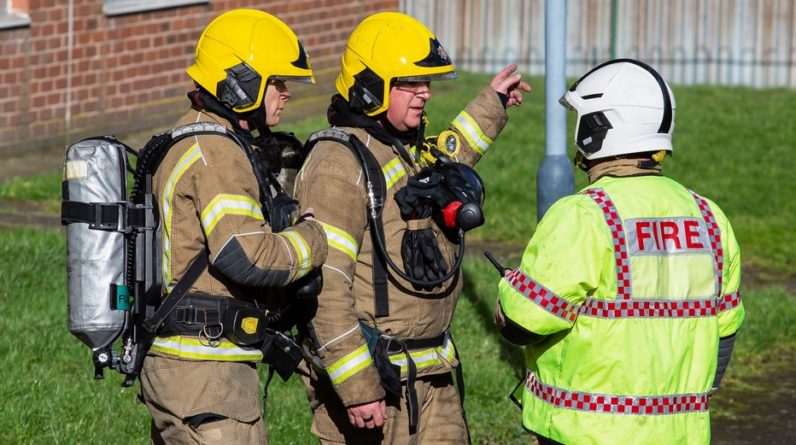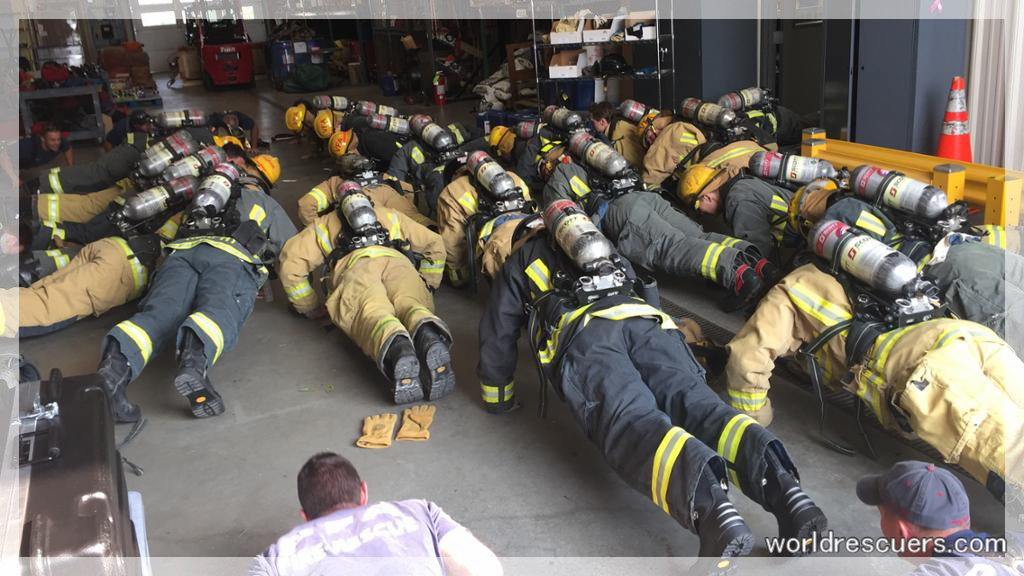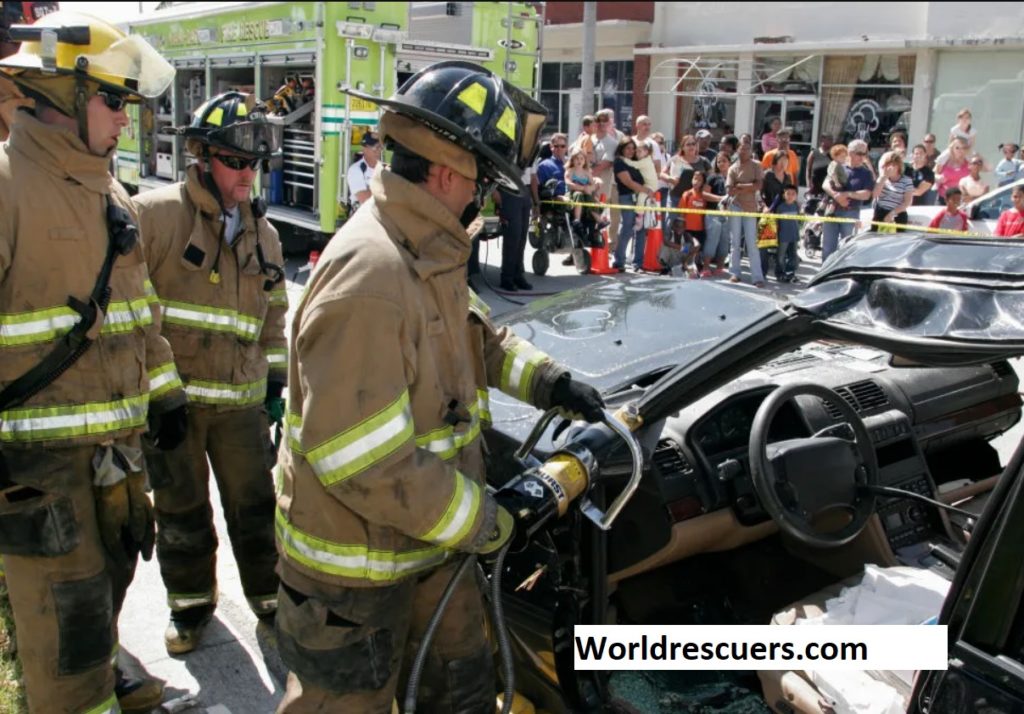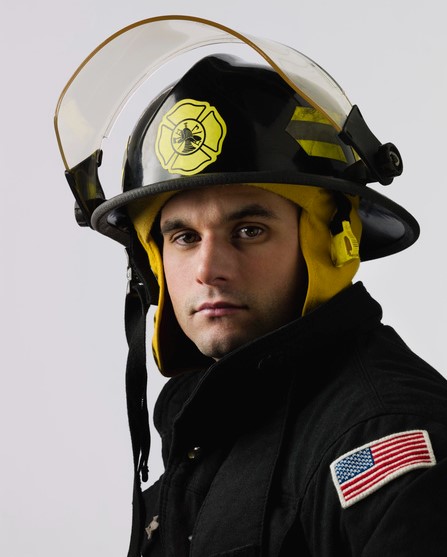
Life of Firefighters
Firefighters are known as brave heroes who put their lives at risk daily to keep us safe. These first responders rush to the fire scene, rescue people and animals, and put out the flames. These individuals are essential to our communities, and their hard work and dedication in their lives often go unrecognized. In this article, we will take a closer look at the life of firefighters, their training, duties, and the challenges they face every day.
Training:
Firefighters play a critical role in protecting lives and property in their communities. They are often called upon to perform heroic acts in the face of danger, and their training is key to their success in responding to emergencies.
The training of firefighters is extensive and ongoing process. It involves classroom instruction and hands-on training, emphasizing physical fitness, teamwork, and problem-solving skills. Here are some of the key aspects of firefighter training and look from life of firefighters:
Basic Training:
New firefighters must complete a rigorous basic training program that covers the fundamentals of firefighting. This includes learning about fire behavior, hazardous materials, search and rescue techniques, firefighting equipment, and use of personal protective equipment (PPE). They also learn about incident command systems, which includes to coordinate the response of multiple agencies to emergencies.
Physical Training:
Firefighting is physically demanding, so physical training is a key part of firefighter training. This includes exercises to build strength, endurance, and agility, as well as training in using firefighting equipment such as hoses, ladders, and breathing apparatus.
Live Fire Training:
Live fire training is a critical part of firefighter training. It involves creating controlled fires in a safe environment so firefighters can practice their firefighting skills and techniques. This includes learning to extinguish fires, search for victims, and navigate smoke-filled environments.
Technical Rescue Training:
In addition to firefighting, firefighters may be called upon to perform technical rescues in various situations, such as confined spaces, high-angle rescues, or water rescues. Technical rescue training prepares firefighters to respond to these types of emergencies.

Continuing Education:
Firefighters must maintain their skills and knowledge through continuing education and ongoing training. This includes attending classes and seminars on new firefighting techniques and equipment and staying up-to-date on code changes and regulations.
In addition to formal training, firefighters also benefit from on-the-job experience. Many fire departments require new firefighters to serve a probationary period during which they work alongside experienced firefighters and continue to build their skills.
In conclusion, the training of firefighters is a rigorous and ongoing process that prepares them to respond to emergencies and protect lives and property in their communities. Firefighters must have the necessary knowledge, skills, and physical fitness to perform their duties effectively and safely. By investing in firefighter training, communities can ensure they have the best protection in an emergency.
Duties of a firefighter:
Firefighters have many responsibilities beyond putting out fires. They are first responders to various emergencies, including medical emergencies, hazardous material spills, and natural disasters. Firefighters are trained to provide medical assistance, including CPR and administering oxygen, to people in need.
In addition to emergency response, firefighters regularly inspect buildings to identify potential fire hazards and ensure that buildings comply with fire codes. Firefighters also educate the public on fire safety and prevention, including the proper use of smoke detectors, creating escape plans, and practicing fire drills.
The duties of firefighters generally include the following:
Responding to emergencies: Firefighters are responsible for responding to fires, medical emergencies, accidents, natural disasters, and other emergencies in their jurisdiction.
Firefighting:
Firefighters are trained to extinguish fires using various techniques and equipment, including water hoses, fire extinguishers, and axes.
Rescue operations:
Firefighters also perform rescue operations to save people and animals trapped in burning buildings, collapsed structures, or other hazardous situations.
Hazard mitigation:
Firefighters are responsible for identifying and mitigating potential hazards in their jurisdiction, such as building fire hazards or ensuring that homes and businesses have working smoke detectors.
Public education:
Firefighters often engage in public education campaigns to raise awareness about fire safety and prevention. This can involve speaking at schools and community events or providing literature and other resources to the public.
Training and maintenance:
Firefighters are responsible for maintaining their equipment and updating their skills through regular training and certification. They must also maintain physical fitness standards to prepare for the job’s physical demands.
Overall, firefighters play a critical role in protecting lives and property in their communities and are often called upon to perform heroic acts in the face of danger.
Challenges:
Firefighting is a dangerous profession that comes with many challenges. Firefighters face daily physical risks, including smoke, heat, and flame exposure. They also risk falling from high places and being trapped in burning buildings. Firefighters are also at risk of developing long-term health problems from exposure to toxic chemicals and smoke.
The mental challenges of the job can also take a toll on firefighters. They witness traumatic events and experience high-stress levels, which can lead to post-traumatic stress disorder (PTSD) and other mental health issues. Firefighters also work long hours and are often away from their families for extended periods.
Despite these challenges, firefighters remain committed to their duty and serve their communities with bravery and dedication.
Conclusion:
Life of Firefighter is most precious as they are the unsung heroes of our communities. They risk their lives daily to keep us safe, and their hard work and dedication are essential to our well-being. The training and duties of firefighters go beyond putting out fires. They are first responders to various emergencies and are critical in keeping us safe.
The challenges in the life of firefighters are many, but the brave men and women who serve as firefighters remain committed to their duty. They continue to educate the public on fire safety and prevention, conduct regular building inspections, and rush to any emergency scene. Recognizing and appreciating firefighters’ daily sacrifices to protect our communities is essential.

Hi, I am John Smit a Captain in Fire Department City of Newyork with over years of experience in the field of Firefighting and HSE. My passion for fire safety started when I was a young boy and witnessed a neighbor’s house go up in flames along with precious lives. Since then, I had dedicated my life to ensuring the safety of buildings, properties, and individuals in case of a fire and medical emergencies.


